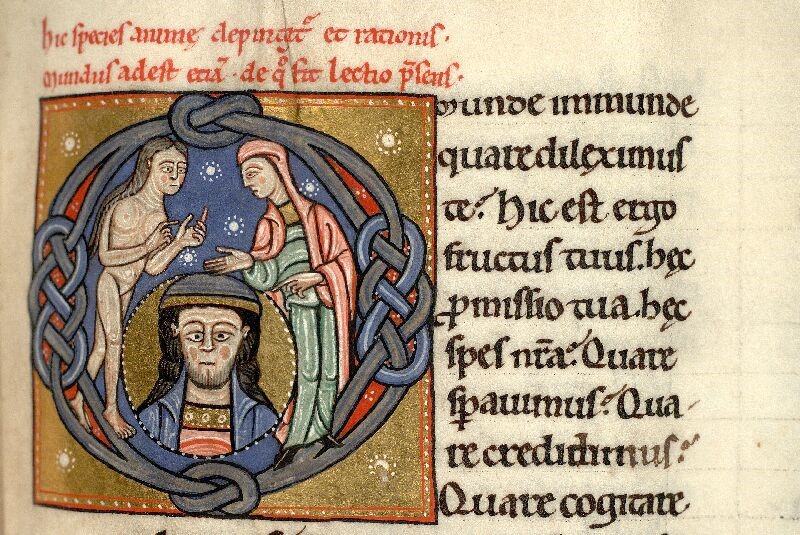SNF-Ambizione-Projekt: Healing Arts. Representations and Practices of Medical Knowledge in Art and Literature, 9th–12th centuries
The post-antique interest in pharmacology and botany was particularly high in the ninth and tenth centuries: herbaria with elaborated images of plants, poems with pharmacological content, as well as previously unknown ingredients that reached the West via the new trade routes and found their way into textual and visual culture, reveal the importance attributed to the art of healing as a whole. The aim of my project is to unravel the intertwined histories of herbal pharmacology, art, and literature in the Middle Ages. I interrogate the ways in which those visualizations reveal systems of knowledge in which concrete medical practices were being actively articulated and negotiated. I posit that art and poetry were both visually and functionally involved in the healing process and therefore can be literally defined as “healing arts.”
My study is structured around three main lines of inquiry. I begin by analyzing herbals produced between the ninth and twelfth centuries. Here the focus is on the difference between information and knowledge the images provide, i.e. what information do the images transmit beyond the question of whether the plants are botanically correct from a modern perspective. Secondly, I trace how this knowledge produced within herbals was transferred to other contexts and media, such as to pharmacological poems, vegetal ornament, and religious imagery. The relationship between medicine and religion (as seen in depictions of Christ as Physician or Asclepios as Christ) makes up my third subtopic. Finally, I turn to the application and practical use of material and literary culture as potent therapeutics (medicine boxes and healing poems).
Methodologically, my approach incorporates Art History, Literature Studies, and the History of Medicine and includes questions of botany, ecology, and health care. Analysis of overlooked images and textual sources will highlight how medical practice intersected with discursive modes beyond the “medical textbook.” In particular, medicine and religion were not considered opponents. Herbal pharmacology and Christian culture invested in a shared discourse that framed health as physical and spiritual well-being.
SNF-Ambizione-Project: The Art of Reason in the Middle Ages. Visualizing reason and rational thought (11th-15th centuries)
The imputation of “irrationality” to the Middle Ages, combined with the complex, multifaceted, and differentiated character of medieval conceptualizations of reason have contributed to a fragmented and fragmentary historical understanding of reason in the medieval period. Medieval images, more than mere “reflections” of textual discussions of reason, will reveal themselves as excellent visualizations of the facets of reason avoided or only obliquely discussed in medieval texts and, also, as powerful tools to trigger and shape the very act of reasoning.
“The Art of Reason” aims to provide a comprehensive study the idea of reason through the Middle Ages, examining reason as a multi-faceted concept, constructed and conveyed in medieval visual culture, and thereby to both broaden and deepen our historical understanding of this crucial aspect of medieval intellectual and visual culture. In pursuit of this goal, the research will be structured around four core concepts. Rational order mainly encompasses images of God as Divine Reason; Rational thinking encompasses images of knowledge, as well as forms of knowledge developed through images. Virtuous Reason considers reason as a moral tool. Irrationality will examine the role of reason in the construction of medieval identities. Finally, the topos of the sleep of reason will be explored from the Middle Ages to Goya’s famous engraving.


